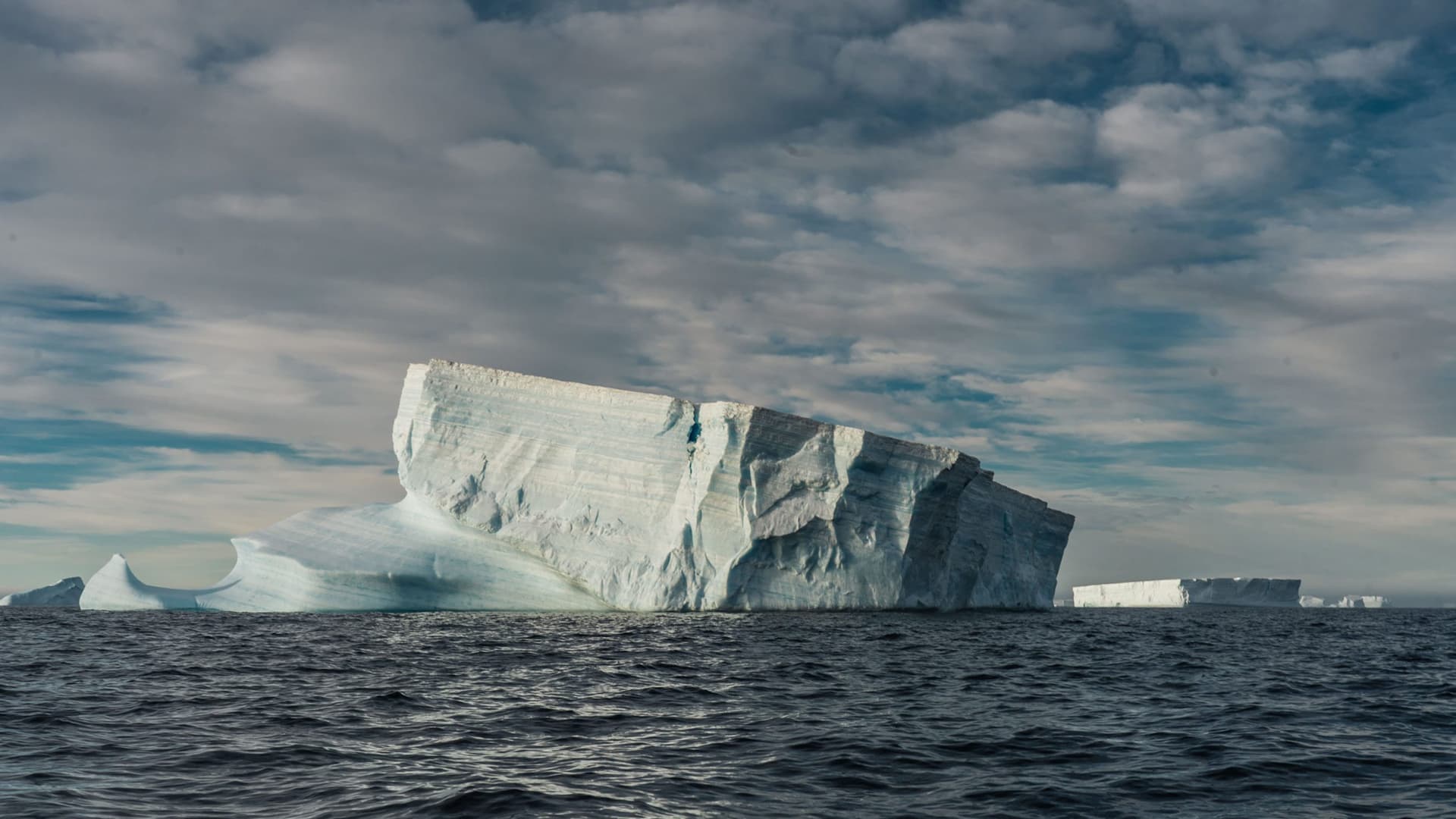A vast continent of ice and the awe-inspiring power of raw nature, Antarctica is the world’s most pristine environment, offering unparalleled landscapes, natural beauty, an abundance of remarkable wildlife, and exhilarating adventures.
While any destination provides a memorable experience, these are some of our favorite sites that showcase what the White Continent has to offer.

1. Lemaire Channel
The Lemaire Channel is a geologic wonder that showcases the power and drama of the Antarctic landscape. Carved by glaciers over millennia, this narrow, icy waterway presents a panorama of towering, jagged peaks that rise dramatically from the water with glaciers that pour down the range from above. These peaks also protect the passageway, resulting in water that is often calm and mirrored, making it a photographer’s dream and giving it the nickname of the “Kodak Gap.” With opportunities to glimpse penguins, seals, and whales against the dramatic backdrop, this pristine channel offers one of the most beautiful sailing opportunities for travelers to the White Continent.

2. Antarctic Sound & The Weddell Sea
This 30-mile stretch of water at the tip of the Antarctic Peninsula offers remarkable views as you sail past Joinville Island and into the Weddell Sea. Due to swirling currents in the Weddell Gyre, massive tabular icebergs break from the peninsula’s ice shelves, drift towards the Sound, and get stuck on shallower banks there. With spectacular tabular bergs and stunning glaciated mountains, the Antarctic Sound (or “iceberg alley” to those familiar with it) offers some of the most breathtaking vistas in the Peninsula.

3. Neko Harbor
Located on the eastern shore of Andvord Bay, Neko Harbor is a true continental landing– part of the Antarctic Peninsula itself, not an offshore island. Discovered in the late 19th century by early explorer Adrien de Gerlache, it is named after the Scottish whaling ship ‘Neko’ which was often found in the bay. The harbor is a popular spot to visit due to its wildlife and striking scenery. It is home to a colony of breeding Gentoo penguins, as well as Leopard seals, Weddell seals, Minke whales, Kelp gulls, and skuas. Icebergs from the massive glacier at Neko Harbor often calve and create a curling wave that crashes on the beach. If you’re lucky you might even get the opportunity to see a penguin surfing here.

4. Snow Hill Island
Snow Hill Island, a remote island on the east coast of the Peninsula, is home to a rarely-visited colony of 4,000 pairs of Emperor penguins. The breeding habits of this penguin species have long fascinated nature lovers and make them one of the more difficult animals to spot in Antarctica. Not only do they thrive in bitterly cold temperatures – as low as -60°C (-76°F)– but they’re the only species of penguin to incubate their eggs on ice rather than on shore. Snow Hill is also important geologically- a wide range of ancient marine fossils have been found in its rocks, and huge dikes of basalt rock have withstood erosion to become striking features. Beyond the natural history, the island is also home to some important human history. The 1901 Swedish expedition spent three winters using Snow Hill as an exploration base; their wooden hut constructed in 1902 still stands today as a historic monument.

5. Wilhelmina Bay
During the 19th and 20th centuries, humpback whales and many other whale species were hunted to near extinction in the Southern Ocean. However, with restrictions on whaling and modern conservation efforts, these magnificent animals have made a strong recovery around many parts of the continent. Wilhelmina Bay, where large congregations of humpback whales are a common sight, is one of the best examples of this conservation success. Humpback whales frequent these waters and feed on small shrimp-like krill. Added bonus: the Bay is sheltered, making it another great spot for Zodiac cruising and up-close wildlife encounters.
